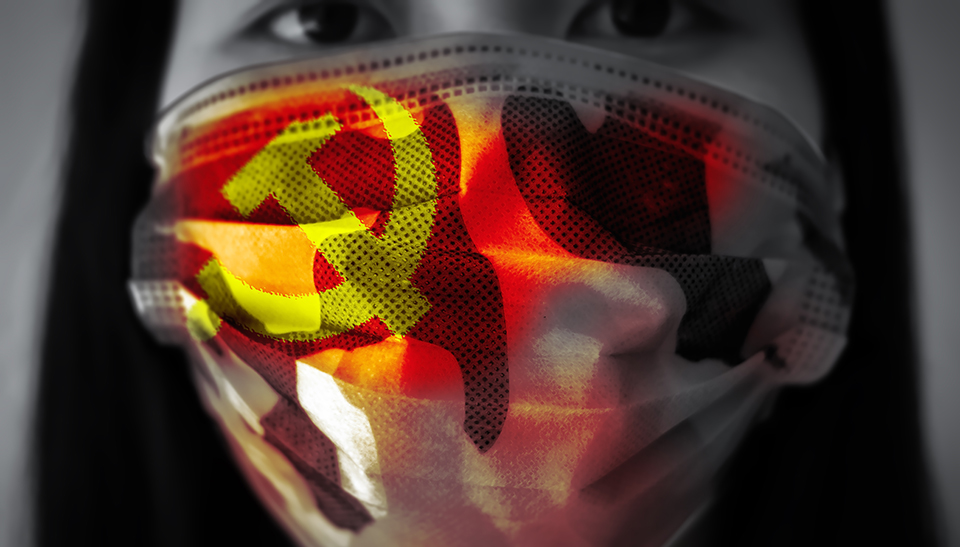The COVID 19 pandemic is wreaking havoc across the globe. Every segment of most societies will be profoundly impacted. The crisis is detrimentally affecting all civil, political, economic, social, cultural, and developmental rights.
Consider the following as a small sample of rights that are harmed: those of domestic violence victims forced to isolate with abusive partners; those of prisoners and other detained persons who cannot maintain social distancing; the right to freedom from discrimination and hate speech for people of Asian origin (who have been wrongly stigmatised in the crisis); the right to privacy of a person who has tested positive who is being tracked by an mobile phone app; rights regarding political participation during the suspension of legislative government; and the right to education of a child whose school is closed and who lacks adequate learning resources at home.
This is the first of a series of blog posts addressing human rights issues arising, thus far, from COVID 19. However, no piece or series of pieces can cover the panoply of human rights issues raised by this crisis. I will therefore adopt the following selective approach. Those issues which concern the general population will be discussed, rather than sectoral rights, despite the undoubted importance of the latter.
The cycle of the crisis, from the virus’s first emergence in China (Blog 1), to the present phase of measures adopted to manage hospital resources (Blog 2) and contain the spread of infection (Blog 3), to the (speculated) end of the crisis in the form of the creation of treatments or a vaccine (Blog 4), will be discussed in relation to salient human rights issues. Finally, in Blog 5 I will say a few words about the relevance of the principle of derogation in the context of the COVID 19 emergency.
For the purposes of these posts, I will use the two International Covenants as the touchstone for the definition of relevant human rights, namely the International Covenant on Civil and Political Rights (“ICCPR”) and the International Covenant on Economic, Social and Cultural Rights (“ICESCR”). These two treaties cover a broad range of rights and are recognised globally.
The Beginning – Coverup and Censorship in China
COVID 19 is a novel coronavirus which emerged in the city of Wuhan in Hubei province in China at the latest in early December 2019. While China warned the World Health Organisation (“WHO”) about “44 patients with pneumonia of unknown etiology” on 31 December, it seems that Chinese authorities suppressed information relating to the virus, including the fact of human-to-human infection and its virulence, until late January. Most notoriously, Dr Li Wenliang, a Wuhan optometrist, was cautioned by police in January for sharing information about the virus on a Chinese social media platform in late December. Dr Li became a cause célebrè after he died of COVID-19 in early February. Yet Dr Li was far from the only person silenced at the time.
Freedom of expression is recognised under Article 19(2) of the ICCPR. China is not a party to the ICCPR or any treaty which protects freedom of expression per se. It is likely that the right is protected in similar terms to Article 19 under customary international law to which China is bound. In any case, these posts are concerned with compliance with and departure from international human rights standards, rather than the identification of violations of particular treaties.
Limitations to freedom of expression are permitted under Article 19(3) if relevant measures are proportionate to the achievement of certain enumerated ends, including the preservation of “public order”. Perhaps the suppression of rumours and information about a novel virus prevented panic and public disorder. However, the Chinese government routinely suppresses far more information than is reasonably necessary to control public order: its restrictions are designed to suppress dissent and preserve the totalitarian authority and appearance of benevolent competence of the ruling Communist party.
Furthermore, the right to freedom of expression also encompasses a right of access to information. Governments should proactively put information into the public domain (see para 19 of this expert statement on freedom of expression). This is particularly crucial in the context of an infectious deadly disease (see WHO advice regarding communication of information from page 34). As stated by David Kaye in his final report as UN Special Rapporteur on Freedom of Expression (at para 20):
… a public health threat strengthens the arguments for open government, for it is only by knowing the full scope of the threat posed by disease that individuals and their communities can make appropriate personal choices and public health decisions. A Government that deprives the public of reliable information puts individuals at risk …
Yet China has been accused of waiting a crucial six days from 14 January, when a grim briefing was given to provincial health officials by the head of China’s National Health Commission, before the fact of person-to-person transmission was announced on television by a leading Chinese epidemiologist on 20 January.
In the case of COVID 19, the Chinese government’s instinctive suppression of bad news, and the tight control of information exercised by central authorities, caused crucial delays in the reporting of the true nature of the outbreak. This hampered the adoption of appropriate measures to contain and combat it. It cost lives in Hubei province. It meant that a more timely alert was not provided to the world of those dangers.
